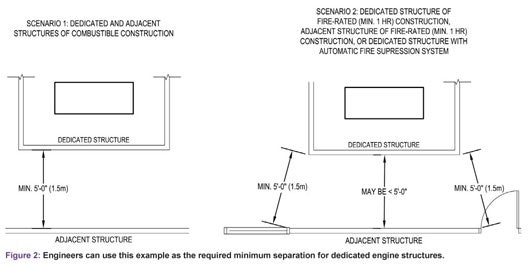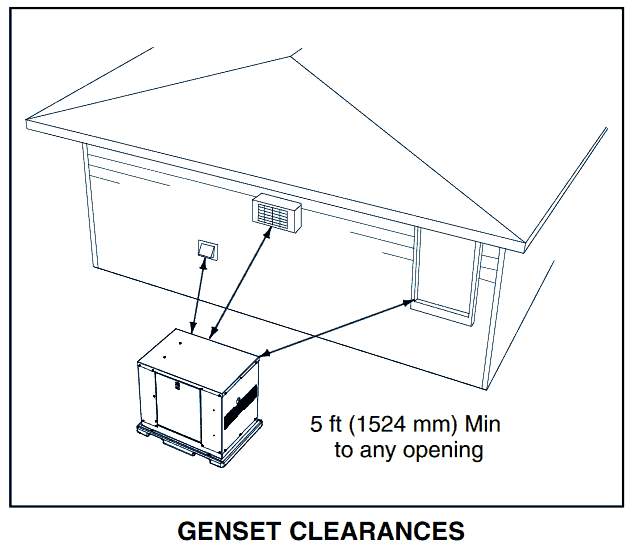Generator Safety Concerns
Attention all generator owners! Captiva Island has been an island community that generators are somewhat common in a lot of residential and commercial buildings. Post Hurricane Ian it was discovered through search and rescue efforts that firefighters were unaware of many of these generator installations. And the District is also seeing an increase in generator installations in the future efforts of mitigating potential damages associated with the loss of power.
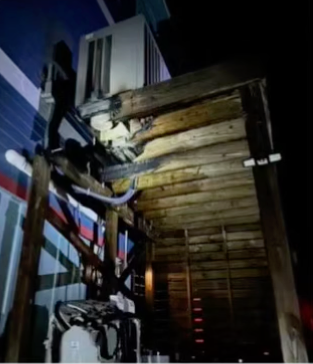
It has been brought to the Captiva Island Fire Control District’s attention that a recent fire located on Upper Captiva Island was caused by an improperly installed generator, which was not in compliance with the National Fire Code (NFPA 37) or manufacturers recommended installation specifications. More details here.
Because of this avoidable incident the District is warning residents and business owners of these potential combustible hazards and also providing the minimum requirements for a safely installed generator.
Minimum Requirements
Generators must be installed on a non-combustible surface, such as concrete or aluminum, and must be installed per the manufacturer’s instructions and NFPA 37. Failure to do so can result in serious fire hazards and endanger lives.
The following is a list of code requirements and possible installation methods, but each generator must be installed per manufacturer recommendations for mounting surfaces, eclosures and distances.
The District urges everyone to carefully review the guidelines with your contractor to ensure all relevant safety codes and regulations are followed.
NFPA 37 Requirements
- 5ft. from openings in walls (operable windows, doors, vents, window wells, or openings in the wall) to prevent Carbon Monoxide in the home.
- 18 in. of clearance from the back of the generator to a stationary wall or building (based on testing done by the Southwest Research Institute or SwRI).
- 5 ft. of clearance above the generator.
- 3 ft. of clearance at the front and both ends. This includes trees, shrubs, and bushes. Vegetation not in compliance could obstruct airflow and exhaust fumes could inhibit plant growth.
- In addition to these requirements, verify all potential for water intrusion is directed away from the generator enclosure: sprinklers, roof run-off, down spouts, and sump pump discharge.
Below are three examples of generator installations. Two generators are properly installed with the generator on a non-combustible surface and they meet the setback requirements. The incorrectly installed generator is on a combustible surface and may sit too close to the structure.
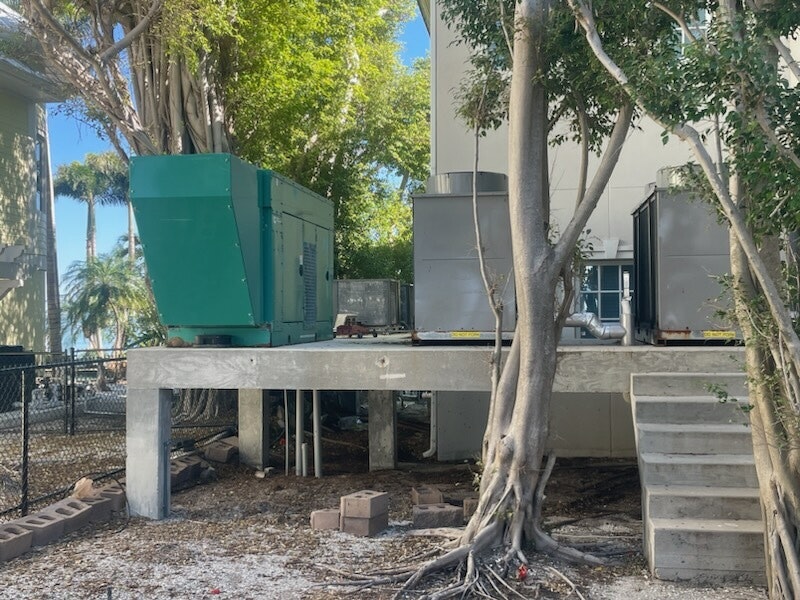
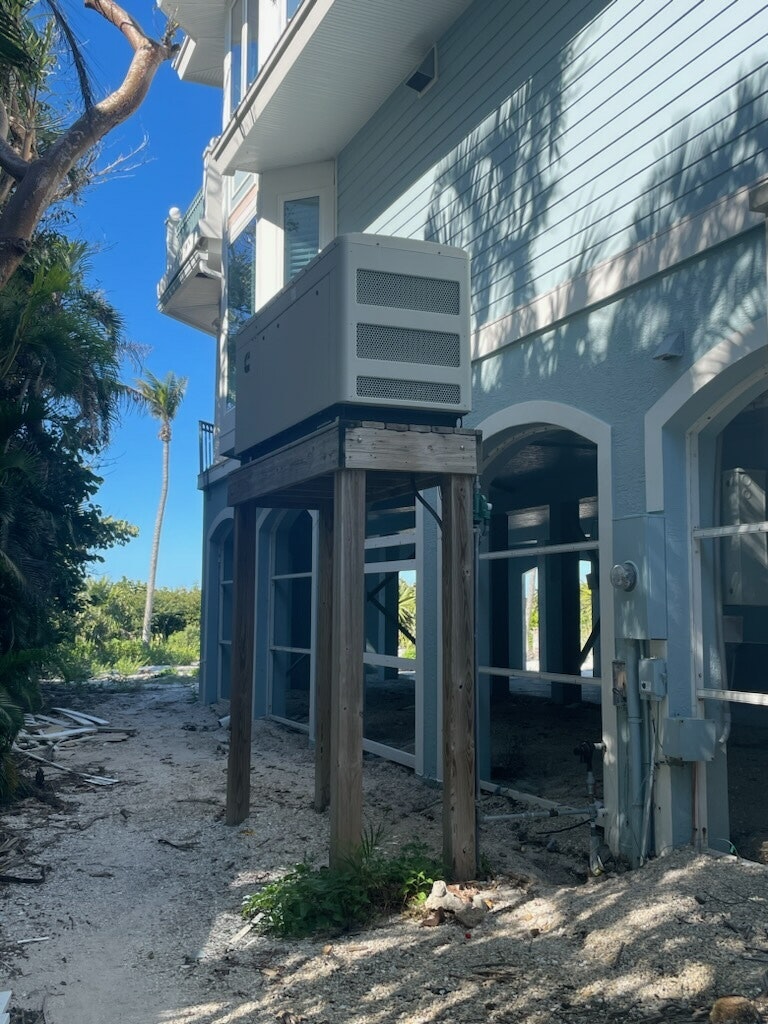

If you have any concerns or questions regarding your generator installation, we strongly recommend contacting a licensed generator professional or the Captiva Island Fire Control District at 239-472-9494.
